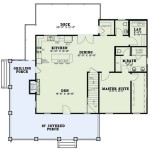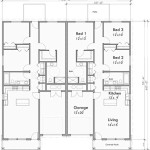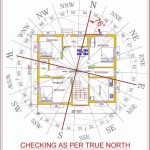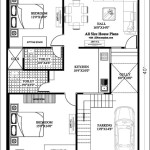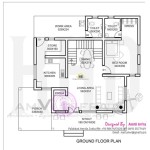How to Dimension a Floor Plan in Revit
Revit, a Building Information Modeling (BIM) software, allows architects, engineers, and contractors to create and manage complex building designs. Dimensioning is an essential part of the design process, providing accurate measurements for construction and ensuring that the final building meets the intended specifications. Understanding how to dimension a floor plan effectively in Revit is crucial for creating a well-documented and buildable design.
1. Understanding Dimension Types
Revit offers several dimension types, each serving a specific purpose. Familiarizing oneself with these options is essential for choosing the most suitable dimension for a particular situation:
- Linear Dimensions: These dimensions measure the distance between two points along a straight line. They are commonly used for measuring walls, rooms, and other linear elements.
- Angular Dimensions: These dimensions measure the angle between two lines. They are useful for indicating the angles of walls, doors, or other angled elements.
- Radial Dimensions: These dimensions measure the distance from a central point to a specific point along a curved line. They are often used for measuring circular elements like columns, pipes, or windows.
- Ordinate Dimensions: These dimensions measure the horizontal and vertical distances of a point from a reference point. They are commonly used for defining the location of specific points on the floor plan.
2. Placing Dimensions Effectively
Once you understand the different dimension types, you need to know how to effectively place them on your floor plan. Here are some crucial points to consider:
- Dimension Lines: Place dimension lines in a way that allows for easy reading and avoids clutter. Try to keep them parallel to the elements being measured.
- Dimension Text: Ensure dimension text is legible and positioned clearly. Avoid placing it over other elements or lines, and consider using different text styles for different dimensions to distinguish them visually.
- Placement of Arrows: Position arrowheads accurately at the ends of dimension lines, pointing towards the element being measured. Make sure they are not hidden behind other elements.
- Dimension Groups: Group related dimensions together to maintain consistency and clarity. This can be achieved by using the "Dimension Grouping" tool in Revit.
3. Utilizing Revit's Dimension Tools
Revit provides a range of tools to make dimensioning more efficient and accurate.
- Dimensioning Modes: Revit offers different dimensioning modes, such as "Aligned," "Horizontal," and "Vertical," which allow you to create dimensions aligned with specific orientations.
- Dimension Styles: Customizing dimension styles allows you to control the appearance of dimensions, such as the arrowhead type, text font, and precision level. This helps maintain consistency and readability throughout the plan.
- Dimension Constraints: Leverage Revit's dimension constraints to ensure that dimensions are dynamically linked to the geometry of the floor plan. This ensures that any changes made to the floor plan are reflected in the dimensions automatically.
- Dimensioning Workflows: Revit offers specific workflows for dimensioning various elements. Learning these workflows will help you create accurate and consistent dimensions for different aspects of your floor plan.
By understanding the different types, mastering placement techniques, and effectively utilizing Revit's dimensioning tools, you can create detailed and accurate floor plans that facilitate effective communication and construction.

Help Part 11 Add Dimensions Autodesk

14 Beginner Tips To Create A Floor Plan In Revit Pure

Revit Tutorial Dimensioning Floor Plan

14 Beginner Tips To Create A Floor Plan In Revit Pure

Help Part 11 Add Dimensions Autodesk

Engineer Civil Revit Residentialdesign Jeffery J Jensen Wiki

14 Beginner Tips To Create A Floor Plan In Revit Design Ideas For The Built World

Revit Tip Entire Wall Dimensioning Envisioncad

14 Beginner Tips To Create A Floor Plan In Revit Design Ideas For The Built World

Revit Annotations Dimension Cadnotes


